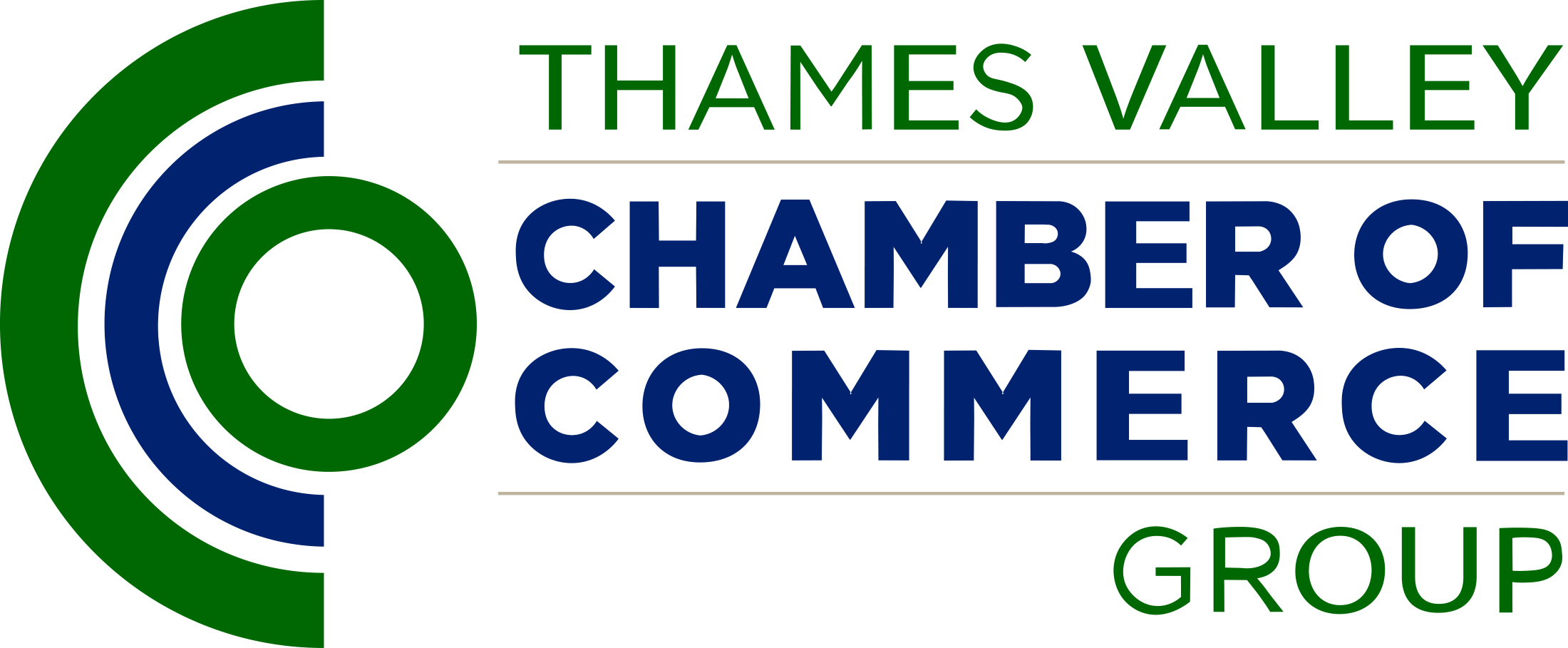Customs duty is payable on the value of goods imported from outside the EU, with a number of complexities to take into account in determining the correct amount of duty payable. The main factors are:
The customs value of the goods – usually the invoice price is a good starting point, but care needs to be exercised to ensure that all non-dutiable elements within the amount paid are deducted. It is also necessary to ensure that any additional payments or considerations are examined to make sure that dutiable elements are properly declared.
The rate of duty – this is determined by the tariff classification of the goods, which is notoriously difficult for many businesses. In our experience, incorrect tariff classifications are the most common causes for overpayments of duty, or conversely unwelcome back duty demands from Customs, and time-consuming disputes.
Origin – goods which meet specific origin criteria from countries which have preferential trade agreements with the EU are able to be imported at a reduced (often free) rate of duty. However, many businesses are unaware that preference can be claimed. On the other hand, there are also many businesses which claim preference they are not entitled to, often resulting in an unwelcome demand for back duty when a Customs Audit takes place.
Purpose of import – in many cases, the way in which imported goods are used can enable a duty relief to be claimed, or can delay the point at which duty must be paid. For example, imported materials which are used in the manufacture of goods which are subsequently exported outside the EU are entitled to duty relief; similarly dutiable imports used in the manufacture of goods which could otherwise be imported free of duty may also be eligible for duty relief.
These are just some of the main issues which face businesses involved in the import and/or export of goods.
